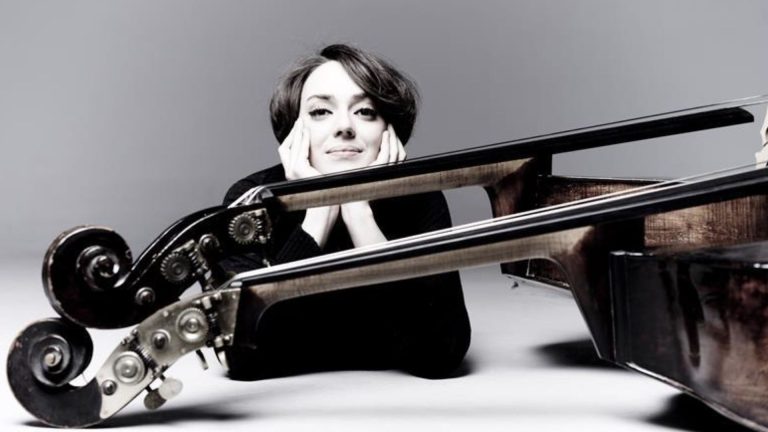Achieving sounds ranging between delicacy and boldness, as well as everything in between, the double bassist shares her thoughts and advice on fulfilling multiple roles in a chamber arrangement of Mozart’s work, which was recently performed at the Solsberg Festival. The article was originally published by The Strad.
The best things in life tend to happen unplanned: as I was leaving the first rehearsal of Strauss Metamorphosen at the Solsberg Festival, I was asked unexpectedly to add a bass part to Mozart’s Sinfonia concertante arranged for string sextet.
For an arrangement that was not intended for double bass specifically, such as the Mozart Sinfonia concertante, you will face a few challenges as a bass player: the octave ranges, playability, sound texture and articulation. What is most important is that it shouldn’t become or sound symphonic with your participation, meaning neither too heavy nor too light. To be in the middle of this range is what becomes challenging as a bass player. I call this the art of ’To be, AND not to be’.
How does a bass player build their part? First of all, I would advise you to find the octaves that might not be the most comfortable for you, but that make musical sense and fit the texture of the other voices. Analyse all the voices of the general score and find what suits best in terms of complementary colours. Hearing it 360 degrees in your head as if you were a conductor helps.
I consider Mozart a ’singing’ composer. I learnt a lot about truly singing through playing and hearing the music as if were a human voice from the ex-violinist and conductor Gabor Takács-Nagy. Another thing I learnt from Gabor Takács-Nagy’s approach to Mozart is that there are no rules for bowings. It is most important to bring to life the personality of the composer. Sometimes, sticking to conservative rules or even editions do not always achieve this. In Mozart’s music, we find moments full of freshness and jokes but also other moments of great depth and sadness that can easily move you to tears. Don’t be afraid of thinking out of the box for your bowings to bring all these emotions to the highest point of your performance.
(…)
(Via The Strad)











